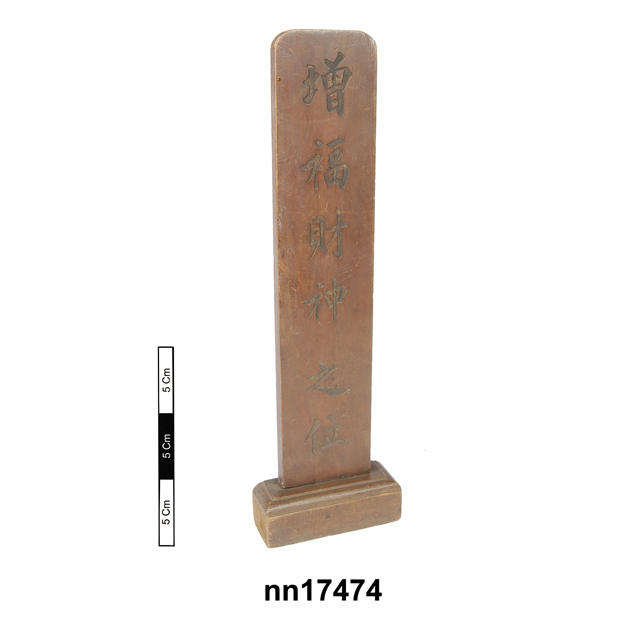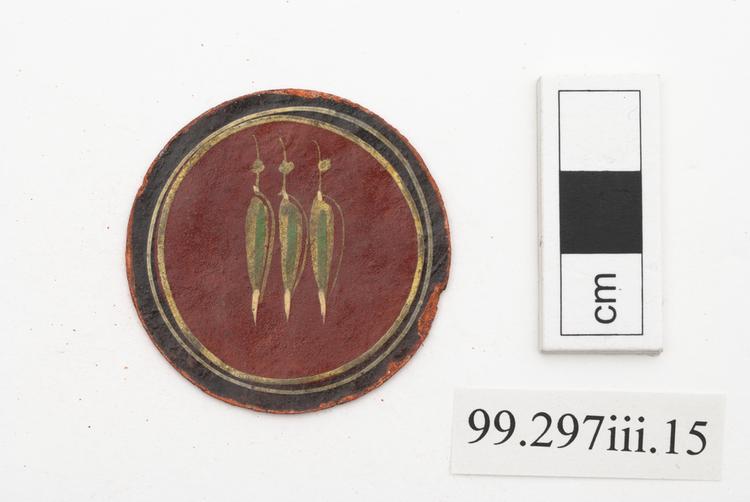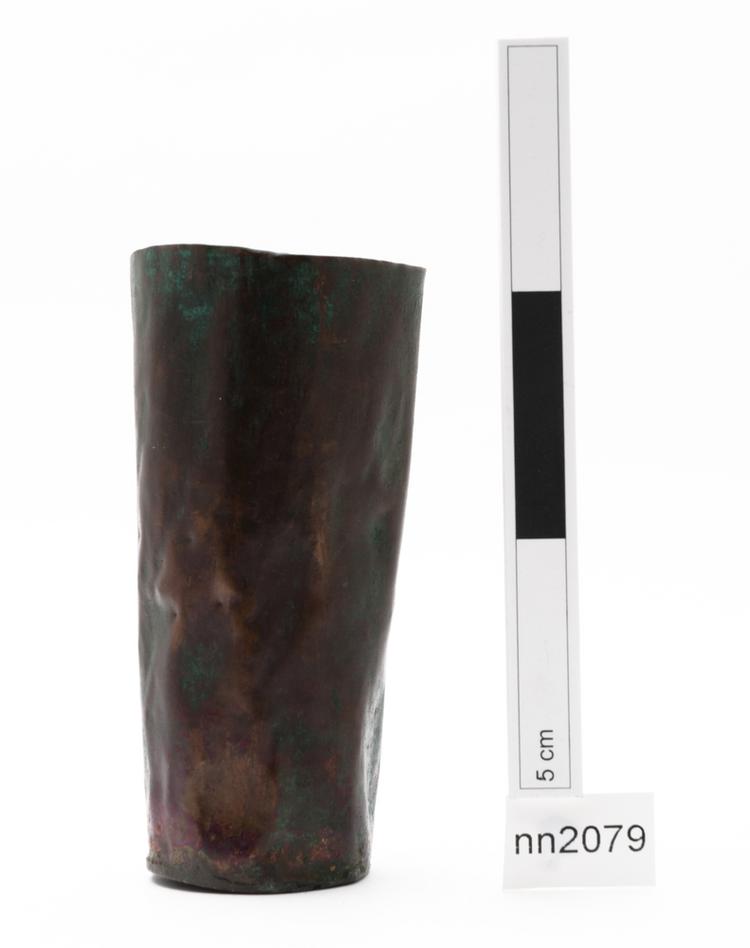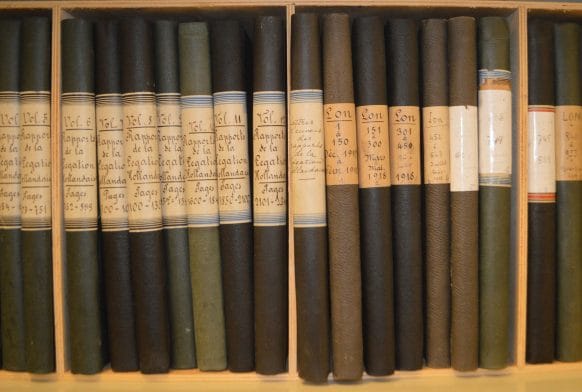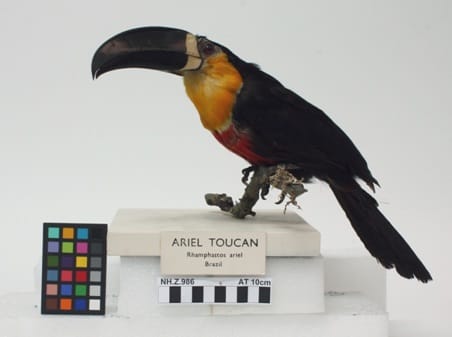Abacus in cardboard box.
An abacus is used for assisting calculations such as adding, subtracting, multiplying and dividing. The abacus traditionally has rows of beads that represent units of tens, hundreds and thousands. The abacus is used by moving the beads along the rows. The place and date of origin of the abacus is unknown although China is thought to be one possible area. The earliest form of abacus in China was called “ball arithmetic” and is thought to have been in the form of balls threaded on wires carried over a board with carved divisions. It is thought that “ball arithmetic” may have been in use in China as early as the 2nd century AD.



